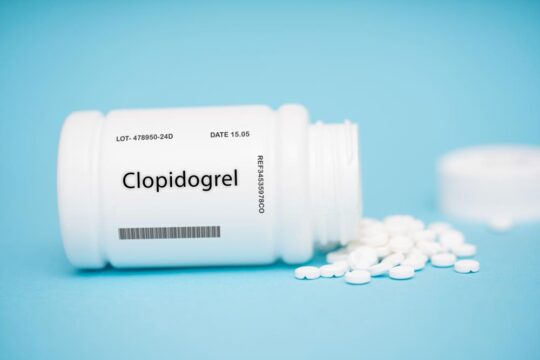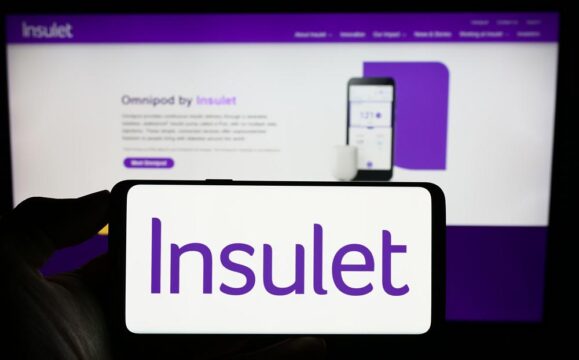Advertisment
Bleeding risks vary among atrial fibrillation treatments

A meta-analysis evaluating bleeding risks among atrial fibrillation (AF) patients treated with therapeutic-dose non-vitamin K oral anticoagulants (NOACs) and single antiplatelet therapy (aspirin) indicates that rates of major bleeding for apixaban and dabigatran were similar to low-dose aspirin, but the rate of major bleeding was higher for rivaroxaban compared to aspirin.
The study was published in Annals of Internal Medicine on Feb 10, 2025.
“These findings can help patients with atrial fibrillation (AF) and clinicians better understand the bleeding risks associated with anticoagulants versus aspirin,” the authors said.
The investigators extracted and evaluated data from nine randomized controlled trials enrolling 26,224 subjects with atrial fibrillation. They compared bleeding risks of therapeutic-dose NOAC therapy to single antiplatelet therapy.
Eligible studies lasted a minimum of three months. Studies which had assessed low-dose NOACs and use of two or more antithrombotic therapies were excluded.
Eligible subjects in the included trials had a recent history of stroke, history of clinical AF and intracranial hemorrhage, history of AF considered unsuitable for vitamin K antagonist therapy, subclinical AF detected on pacemakers and defibrillators, and venous thromboembolism after six to twelve months of initial anticoagulation.
The NOACs evaluated in the meta-analysis were apixaban, rivaroxaban and dabigatran.
All trials used aspirin as a comparator drug and the only anti-platelet treatment for atrial fibrillation
Primary outcomes were major bleeding and intracranial bleeding.
The researchers found that 2.16% of the total population of subjects had major bleeding, and .66% had intracranial hemorrhage.
The authors reported that the absolute risks of both major bleeding and intracranial hemorrhage were similar for apixaban and dabigatran compared to aspirin. But the absolute risk was higher for rivaroxaban than for aspirin.
They wrote, “In conclusion, in this systematic review and meta-analysis of RCTs [randomized controlled trials], the absolute RDs [risk differences] for major bleeding and intracranial hemorrhage were similar for therapeutic dose apixaban (0 and 0.2 percentage point, respectively) and dabigatran (0.5 and 0 percentage point, respectively) compared with aspirin. The absolute RDs for major bleeding and intracranial hemorrhage were higher with rivaroxaban (0.9 and 0.3 percentage point, respectively) than with aspirin.





